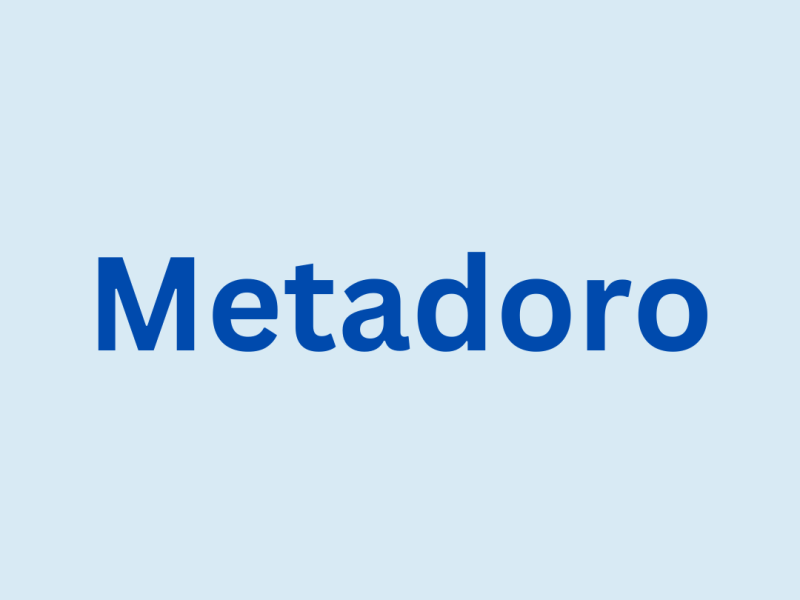Business loans play an indispensable role in the financial framework, offering a crucial lifeline to entrepreneurs and businesses seeking to establish or expand their operations. These financial instruments encompass a broad spectrum of options, ranging from traditional term loans to more flexible lines of credit, as well as specialized forms like Small Business Administration (SBA) loans tailored to support smaller enterprises.
As businesses navigate the intricate landscape of financing, it becomes imperative to comprehend the multifaceted nature of business loans. This essay will explore the intricate facets of business loans, delving into the diverse types available, the distinction between secured and unsecured loans, considerations regarding interest rates, and the intricacies of the application process. It will also discuss the associated risks and responsibilities integral to the borrowing landscape.
Types of Business Loans
The expansive realm of business loans unfolds myriad options to cater to the unique needs of various enterprises. Traditional term loans offer a structured repayment schedule with fixed interest rates, providing predictability for businesses in planning their financial obligations. On the other end of the spectrum, lines of credit provide businesses with a revolving credit facility, allowing them to borrow up to a predetermined limit and pay interest only on the amount utilized.
SBA loans, backed by the government, extend favorable terms to nurture the growth of small businesses, while specialized financing solutions like equipment financing and commercial real estate loans address specific capital needs. The versatility of these financial instruments underscores the adaptability of business loans to diverse operational requirements.
Secured vs. Unsecured Loans
A critical decision in the borrowing journey revolves around the choice between secured and unsecured business loans for entrepreneurs, hinging on the willingness to pledge collateral. Secured loans require the provision of collateral, which could include business assets or personal property. This collateral mitigates the lender’s risk, often resulting in lower interest rates.
Conversely, unsecured loans do not mandate collateral but may entail higher interest rates as a compensatory measure for the heightened risk borne by the lender. The dichotomy between secured and unsecured loans forces businesses to carefully evaluate their risk tolerance, available assets, and the cost implications associated with the financing option that aligns with their strategic objectives.
Interest Rates and Repayment Terms
The dynamics of interest rates and repayment terms are pivotal considerations in the landscape of business loans. Interest rates can either be fixed, providing a consistent rate throughout the loan term for stable financial planning, or variable, subject to market fluctuations, offering flexibility but with potential volatility.
The loan amount is contingent on various factors. These include the type of loan and the lending institution, with repayment terms spanning from short durations to several years. Businesses must navigate this intricate interplay between interest rates and repayment timelines to optimize financial stability, ensuring a strategic approach to repaying the loan while maintaining operational fluidity.
Application Process and Credit Scores
The path through the business loan application process is laden with meticulous requirements. Lenders typically demand an array of documentation, including comprehensive financial statements, well-articulated business plans, and other relevant paperwork to meticulously evaluate the creditworthiness of the applicant. A pivotal factor in this evaluation is the credit score, not only for the business entity itself but often extending to the personal credit scores of the business owners.
A robust credit profile enhances the likelihood of securing favorable loan terms. As businesses embark on this application journey, they are tasked with presenting a compelling narrative of their financial health, operational prowess, and a coherent strategy for utilizing the funds in a manner aligned with the lender’s expectations and industry best practices.
Use of Funds, Risks, and Responsibilities
The multifaceted nature of business loans extends beyond the acquisition of capital to encompass a plethora of strategic applications. Whether it be fortifying working capital, acquiring essential equipment, managing inventory, spearheading expansion initiatives, or refinancing existing debts, businesses leverage loans to navigate various operational imperatives. However, entwined with these benefits are inherent risks and a set of responsibilities that demand astute management.
Borrowers must conscientiously evaluate their capacity to meet repayment obligations, taking into account potential challenges and economic uncertainties. The repercussions of failure to meet these obligations are profound, potentially resulting in adverse impacts on credit scores, financial stability, and even the relinquishment of assets pledged as collateral. Thus, a judicious approach, marked by diligence and foresight, becomes paramount for businesses navigating the dynamic landscape of business loans.
For businesses or individuals looking to strengthen their understanding of financial concepts, from debt management to forecasting, educational platforms like financialmodelingeducation.com can offer accessible resources, practical training, and step-by-step guidance to help build confidence and make informed financial decisions.
Conclusion
In the field of business finance, loans emerge as indispensable tools. When looking deeper into business loans, it becomes evident that a thorough understanding of these intricacies is necessary for informed decision-making. Business loans, while facilitating growth and operational efficiency, demand a delicate balance between ambition and prudence.
Success in leveraging these financial instruments hinges on the ability to strategically harness the capital, mitigate risks, and conscientiously fulfill the responsibilities that come with the borrowed resources. With this comprehensive insight, businesses can tread confidently in the realm of business loans, leveraging these financial tools as catalysts for sustainable growth and resilience in the dynamic landscape of commerce.




